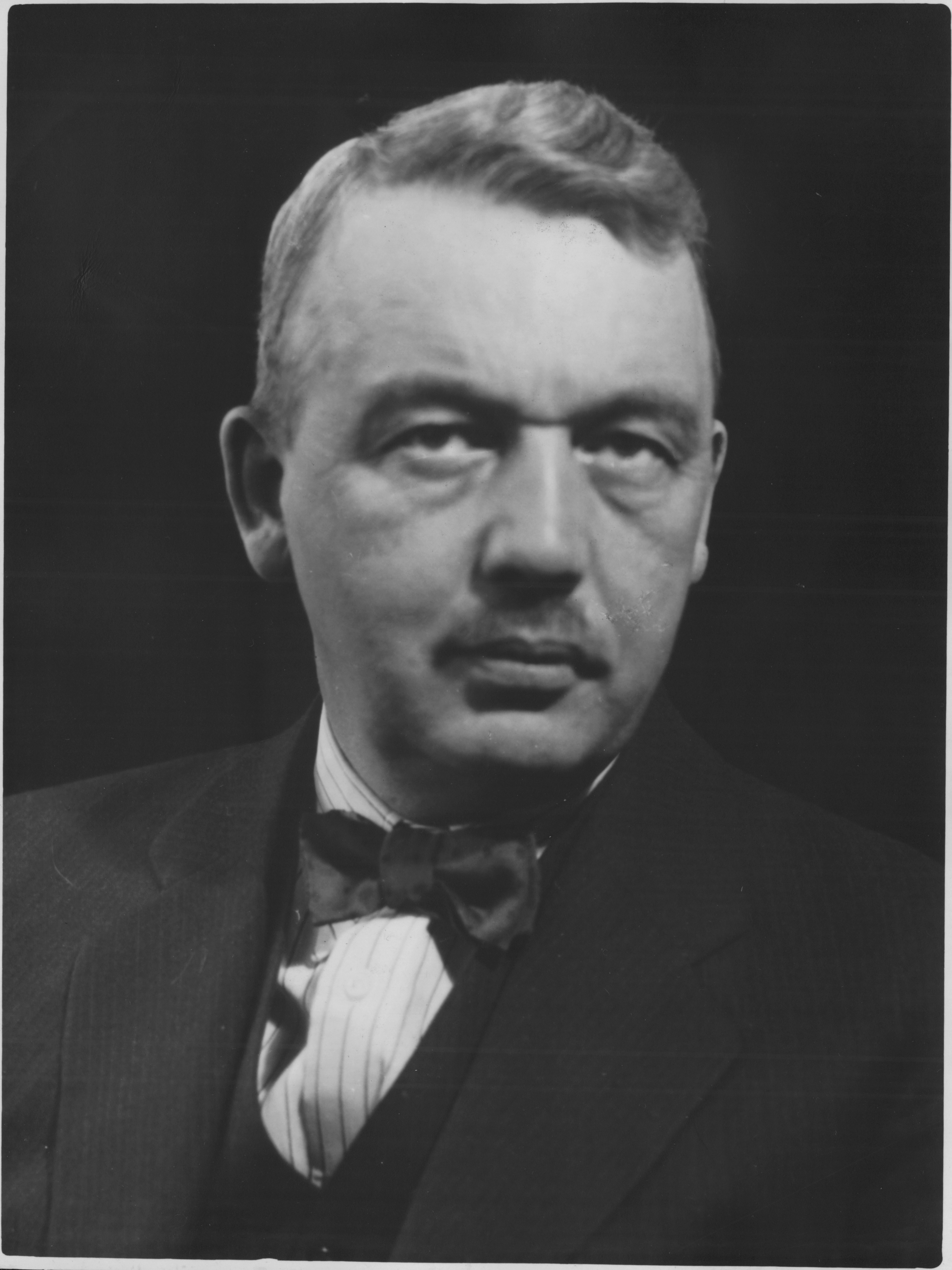
Albert Henry Robinson, a pivotal figure in Canadian art, was born on February 2, 1881, in Hamilton, Ontario, to William Wesley and Emma (Dewart) Robinson. His early life was marked by a passion for drawing, a trait that was evident from his school days. Even in primary and secondary school, Robinson was often found sketching on the margins of his textbooks. This love for art followed him through high school, where he was briefly expelled for passing flirtatious, illustrated notes among classmates—a testament to his early flair for visual storytelling.
After completing high school, Robinson took his first steps toward a professional art career by securing a position as an illustrator for the Hamilton Times, where he earned five dollars a week. His work there involved creating illustrations for sensational news stories, including crime scenes and political cartoons. Despite the grim nature of some of his assignments, this experience honed his skills in observation and composition.
Driven by an ambition to further his education, Robinson saved diligently to study abroad. In 1903, he left for Paris, where he studied at the prestigious Académie Julian under the tutelage of renowned artists like William-Adolphe Bouguereau and Gabriel Ferrier. His time in Paris also exposed him to the vibrant Impressionist movement, which would later influence his own style. Summers spent in Normandy and Corsica, studying under American artist Thomas William Marshall, further enriched his artistic vision.
Upon returning to Hamilton after a bout with typhoid fever, Robinson continued his studies and worked as a studio assistant under John S. Gordon, who also taught him at the Hamilton Art School. It was during this period that Robinson began to exhibit his work, selling his first oil painting to the Lieutenant-Governor of Ontario, the Honourable J.M. Gibson, in 1906.
Robinson's life took a significant turn in 1908 when he met William I. Davis and his wife, who invited him to Montreal and offered to cover his studio rent in Phillips Square. This move to Montreal was a pivotal moment in Robinson's career. It was here that he met and befriended prominent artists such as William Brymner, Edmund Dyonnet, and Maurice Cullen. Robinson's work began to reflect the vibrant, impressionistic style that would define his legacy, with scenes of Montreal's harbor, docks, and grain elevators becoming recurring subjects in his paintings.
In 1910, Robinson formed a close friendship with A.Y. Jackson, a relationship that would deeply influence his work. The two artists embarked on a sketching tour of Europe, further immersing Robinson in the Impressionist techniques that he had first encountered in Paris. However, homesickness and financial constraints led Robinson to return to Montreal after four months, while Jackson continued his European journey.
The outbreak of World War I saw Robinson contributing to the war effort as an inspector of munitions and later as a war artist for the Canadian War Memorials. His works from this period, depicting the Vickers Shipbuilding plant in Montreal, are now part of Canada's war art collections.
After the war, Robinson resumed his painting excursions, this time focusing on the picturesque villages along the St. Lawrence River and the Laurentian Hills. These trips resulted in some of his most celebrated works, including "Returning From Easter Mass" (1922), "Winter, Baie St. Paul" (1923), and "Moonlight Saint-Tite-Des-Caps" (1941). His paintings from this period are characterized by their bold use of color and simplified, powerful forms—elements that set his work apart from his contemporaries.

Robinson's health began to decline in the late 1920s, and by 1933, he was forced to retire from painting due to illness. Despite his relatively short career, Robinson left an indelible mark on Canadian art. His works were exhibited in prestigious galleries and collections across Canada and internationally, including the National Gallery of Canada, the Art Gallery of Ontario, and the Musée d'Art Moderne in Paris.
Albert Henry Robinson passed away in 1956 in Montreal at the age of 75, leaving behind a legacy as one of Canada's most cherished Impressionist painters. His works continue to be celebrated for their subtle, evocative qualities and their unique interpretation of the Canadian landscape—a testament to Robinson's personal vision and his contribution to the world of art.
Browse our collection of Canadian paintings for sale at the Canadian Classic Fine Art gallery, The best place to buy a painting online. We provide free shipping anywhere in Canada and the United States. Our Montreal art gallery sells paintings online exclusively and have a 14 days return policy.
